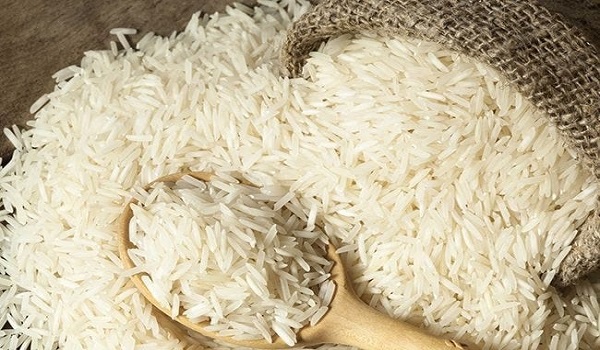India’s Basmati Rice Advantage
India, as one of the only two producers of Basmati rice in the world, holds a significant position in the global market. The country is the largest exporter of this long-grained, aromatic rice, with a substantial market share in Europe, the Middle East, Africa, and other key regions. Indian Basmati rice variants, such as Basmati 370, Pusa Basmati, and Conventional Basmati, are highly regarded for their distinctive aroma and exceptional taste, making them highly popular globally.
Competition and Market Dynamics
Despite India’s dominance, Indian Basmati brands face competition both domestically and internationally. Pakistan, the only other producer of Basmati rice, contributes minimally to global production and exports. Thus, the primary competition is among Indian brands and a few international brands that source Basmati rice from India and white-label it for their markets.
Indian Basmati rice brands are well-established in markets like the UK, Europe, Africa, and the Middle East, where demand often exceeds supply during festive periods. However, international brands, particularly those that source and process Basmati rice domestically, present a significant challenge. These brands help bridge supply gaps and generate jobs in India, benefiting Indian cultivators and the economy.
Market Expansion and Government Support
Indian Basmati exporters have expanded their reach to new markets across continents, driven by superior product quality and growing customer demand. Key markets now include Canada, the US, the Middle East, and Central Asia. Indian exporters hold over 90% of the market share in many of these regions, showcasing their dominance.
The Indian government plays a proactive role in supporting Basmati exports. Initiatives like establishing new trade routes and negotiating trade agreements, such as the Free Trade Agreement with the UK, have been crucial. The government’s efforts to mitigate logistical challenges, continental conflicts, and climate-related issues have helped maintain the competitiveness of Indian exporters.
Challenges and Future Outlook
Despite their strong position, Indian exporters face challenges from logistical issues, international conflicts, and climate change. These factors can disrupt supply chains and provide temporary advantages to competitors like Pakistan. However, these challenges are typically addressed promptly through governmental and private sector initiatives.


